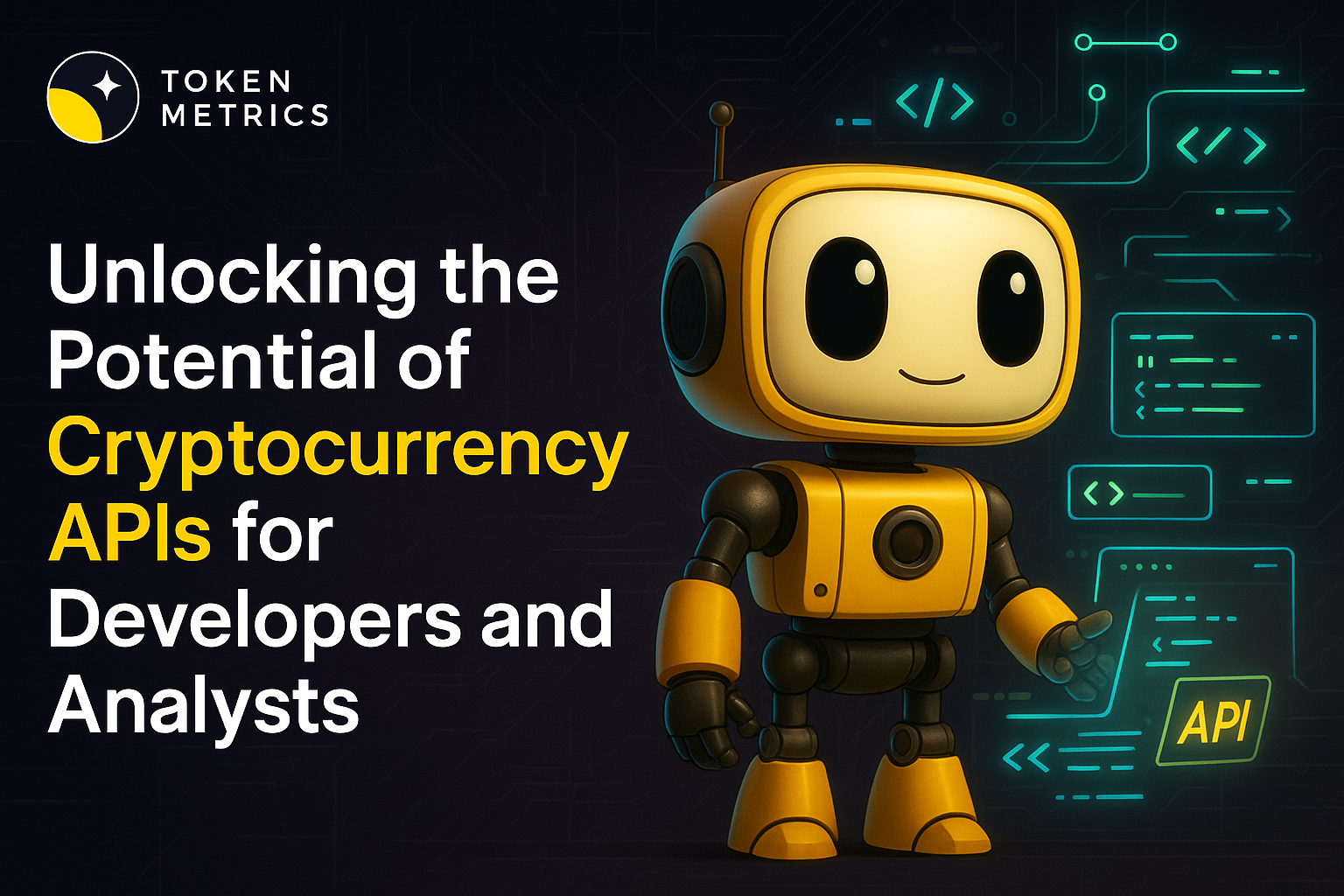Is Investing in a Crypto Index Safe? A Risk Guide for 2025 Investors

The world of crypto investing is known for its high risk and high reward. With extreme price swings, rug pulls, and market crashes, it’s no surprise that many investors are looking for safer ways to participate in the crypto market. One such method gaining popularity in 2025 is investing in crypto indices.
But how safe is investing in a crypto index?
In this article, we’ll explore the risks and benefits of crypto index investing, compare it to other strategies like trading individual tokens, and help you understand what “safe” really means in the context of crypto.
What Is a Crypto Index?
A crypto index is a curated basket of cryptocurrencies designed to track the performance of a specific segment of the market. Indices can be based on market cap (e.g., Top 10), themes (e.g., DeFi, AI, Memecoins), or even powered by AI that adjusts the portfolio based on market signals.
Rather than investing in a single token, you gain diversified exposure across multiple tokens—similar to how mutual funds or ETFs work in traditional finance.
The Case for Safety: Why Crypto Indices Are Considered Safer
✅ 1. Diversification Reduces Risk
By holding multiple assets, a crypto index spreads out the risk. If one token collapses, others in the basket may still perform well—minimizing portfolio damage.
Example:
If your Memecoin Index includes DOGE, SHIB, PEPE, and WIF, and one crashes, the others may rise, balancing your returns.
✅ 2. Reduced Human Error
Many investors lose money by panic selling, FOMO buying, or making emotional trades. Indices are rule-based or AI-driven—removing emotion from the equation.
AI-powered indices, like those from Token Metrics, automatically rebalance based on data, not gut feelings.
✅ 3. Protection From Volatility
While no crypto product is immune to volatility, AI-managed indices can exit positions in bear markets or shift capital into stablecoins when risk signals appear.
This dynamic risk management offers better downside protection than static HODL strategies.
✅ 4. Exposure to Quality Projects
Index criteria often exclude low-liquidity or high-risk assets. Most indices include tokens with:
- High market cap
- Proven track records
- Deep liquidity
- Community and developer activity
This filters out scams or dead projects.
But… Is It Risk-Free?
Absolutely not. There is no such thing as a risk-free investment in crypto. Here are the real risks to be aware of when investing in indices:
⚠️ 1. Market Risk
Crypto indices still follow the broader market. If Bitcoin and Ethereum crash, most indices will drop too—especially those based on market cap.
⚠️ 2. Smart Contract Risk
If you're investing in on-chain, tokenized indices (e.g., via Phuture or Index Coop), you’re relying on smart contracts. Bugs, exploits, or hacks are possible.
⚠️ 3. Methodology Risk
Some indices have poor construction—wrong weighting, bad rebalancing logic, or flawed token selection. Always review the index methodology.
⚠️ 4. Platform Risk
If the platform offering the index is centralized and shuts down, your access to the portfolio may be impacted. Choose reputable, audited platforms like Token Metrics or Bitwise.
Passive vs. AI Crypto Indices: Which Is Safer?

AI indices may provide better protection in volatile markets, as they can:
- Exit weak positions early
- Shift to stablecoins during crashes
- Reallocate to bullish tokens during uptrends
Token Metrics AI Indices, for example, are updated weekly based on 20+ data points per token.
How Crypto Indices Compare to Other Investment Strategies

Crypto indices strike a balance between control, risk management, and simplicity. They reduce your chance of making bad trades while still giving you exposure to market growth.
How to Make Crypto Index Investing Safer
- Choose Reputable Platforms
Use well-audited platforms like Token Metrics, Bitwise, or Index Coop. - Read the Methodology
Know how the index is built: token selection, weighting, and rebalancing rules. - Avoid Overexposure to One Sector
Don’t put all your funds into one index—spread across sectors (DeFi, AI, RWA). - Watch Rebalancing Frequency
AI indices with weekly rebalancing may react better to sudden volatility than quarterly ones. - Use Non-Custodial Options (If Experienced)
On-chain indices (via Phuture or Set Protocol) give you full control—but understand the smart contract risks.
Who Should Use Crypto Indices?
👶 Beginners
Crypto indices are ideal for beginners. You don’t need to understand complex tokenomics or track every coin. Just pick a theme, invest, and let the index do the work.
📊 Passive Investors
If you want long-term exposure without daily management, indices (especially market cap-based) are safer than trading.
🧠 Smart Traders
Even advanced traders use indices to hedge risk or allocate a portion of their capital to automated strategies.
Real-World Example: Token Metrics AI Index in Action
During a recent correction, the Token Metrics AI DeFi Index:
- Exited tokens with bearish signals (like CRV and SNX)
- Increased exposure to stablecoins and stronger projects like LDO
- Reduced drawdown by 35% compared to a passive DeFi index
This kind of AI-driven risk management is where the future of safe investing lies.
Final Thoughts: Crypto Indexing Offers Smarter Safety
While no investment is truly “safe” in crypto, crypto index investing significantly reduces your risk compared to individual token trading.
You gain:
- Diversified exposure
- Automated portfolio management
- Protection from emotional decision-making
- The potential for stable returns in volatile markets
If safety is your concern—but you still want to grow your wealth in crypto—start with a well-built index. For the most intelligent protection, explore AI-powered indices like those from Token Metrics, which automatically adjust to market conditions and help reduce risk dynamically.
Create Your Free Token Metrics Account

.png)




%201.svg)
%201.svg)


%201.svg)










.svg)




.png)